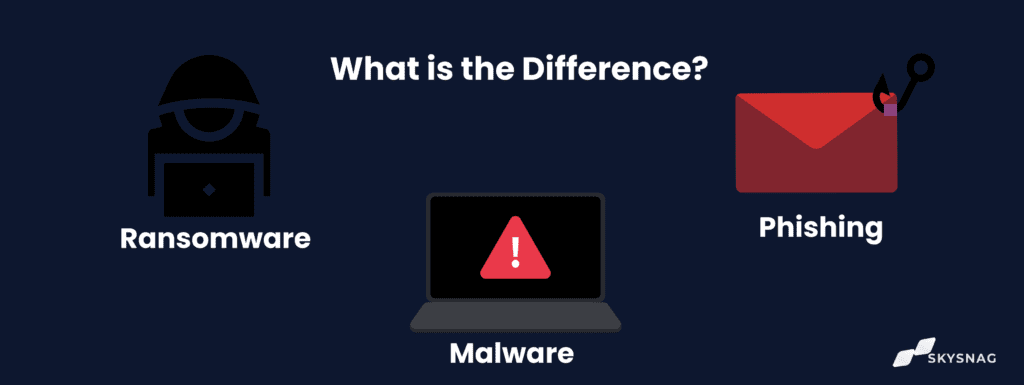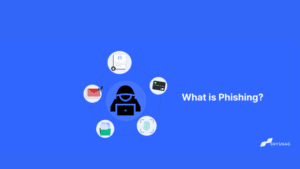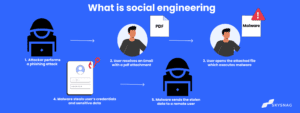Ransomware Vs Malware Vs Phishing. What is the Difference?

Online threats like ransomware, malware, and phishing have all been around for a while. All three are harmful to a business, can result in the loss of financial or informational assets, and are deployable via email. Our ransomware vs. malware vs. phishing article is designed to highlight some crucial distinctions between them and how skysnag can help protect you and your organization.
Let’s dive in:
What does Ransomware mean?
Ransomware is a type of malware that encrypts a victim’s files and demands a ransom payment to decrypt them. The ransom note will usually instruct the user on how to pay the ransom and decrypt their files.
How is Ransomware spread?
Ransomware is typically spread through phishing emails or infected websites. It can also be spread through removable media such as USB drives. Once a system is infected with ransomware, it is very difficult to remove without paying the ransom.
How to avoid ransomware
The best way to avoid ransomware is to be vigilant when opening emails and websites.
- Do not click on links or attachments from unknown senders.
- If you are unsure about a website, you can check it against Google’s Safe Browsing tool.
- Be sure to keep your operating system and software up to date with the latest security patches.
- Use a reputable antivirus program and enable real-time scanning.
- Regularly back up your files to an external hard drive or cloud storage service.
What is Malware?
Malware is a type of software that is specifically designed to damage or disable computers and computer systems. It can be used to steal personal information, delete files, or take control of a computer. Malware is often spread through email attachments or downloads from untrustworthy websites.
How does Malware work?
Malware typically works by exploiting security vulnerabilities in software or hardware. Once it has gained access to a system, it can do any number of things, including deleting files, stealing information, or taking control of the system. Malware can also be used to spread itself to other computers, making it difficult to remove.
How can I protect myself from Malware?
The best way to protect yourself from malware is to install and use a reputable anti-virus program. Be sure to keep your anti-virus software up-to-date, as new malware is constantly being created. You should also be cautious when opening email attachments or downloading files from the internet. If you are unsure about a file, you can scan it with your anti-virus software before opening it.
Phishing
Phishing is a type of internet scam where criminals pose as a legitimate organization or individual in order to trick victims into providing personal information or financial data. The information is then used to commit fraud or identity theft. Phishing scams are typically carried out via email, but can also occur through text messages, phone calls, or social media. The message will usually contain a link that takes the victim to a fake website that looks identical to the legitimate site. The fake site will often ask the victim to input sensitive information, such as login credentials or credit card details.
Learn more about phishing attacks.
Ransomware Vs Malware Vs Phishing. What is the Difference?
These three cyber threats aim to compromise your system in one or more methods, generally via emails with malicious attachments or dubious links, or through web-based messaging services.
In contrast to malware, which spreads and copies itself from program to program and file to file, ransomware encrypts system files and then demands payment to decrypt them while Phishing uses a malicious email sent by an attacker as part of a social engineering approach to entice victims into disclosing private or business information. Protecting your system against these cyber threats is still not a 100% guarantee.
Conclusion
It is very frequent and preventable to fall victim to damaging malware, ransomware, and phishing assaults that’s why Skysnag is here to protect you. Our automated DMARC solution is capable of mitigating the impact of phishing, ransomware, and malware attacks while avoiding Business Email Compromise. Get started with Skysnag and sign up using this link to completely secure your email and ensure your organization remains free of cybercriminal activity.





